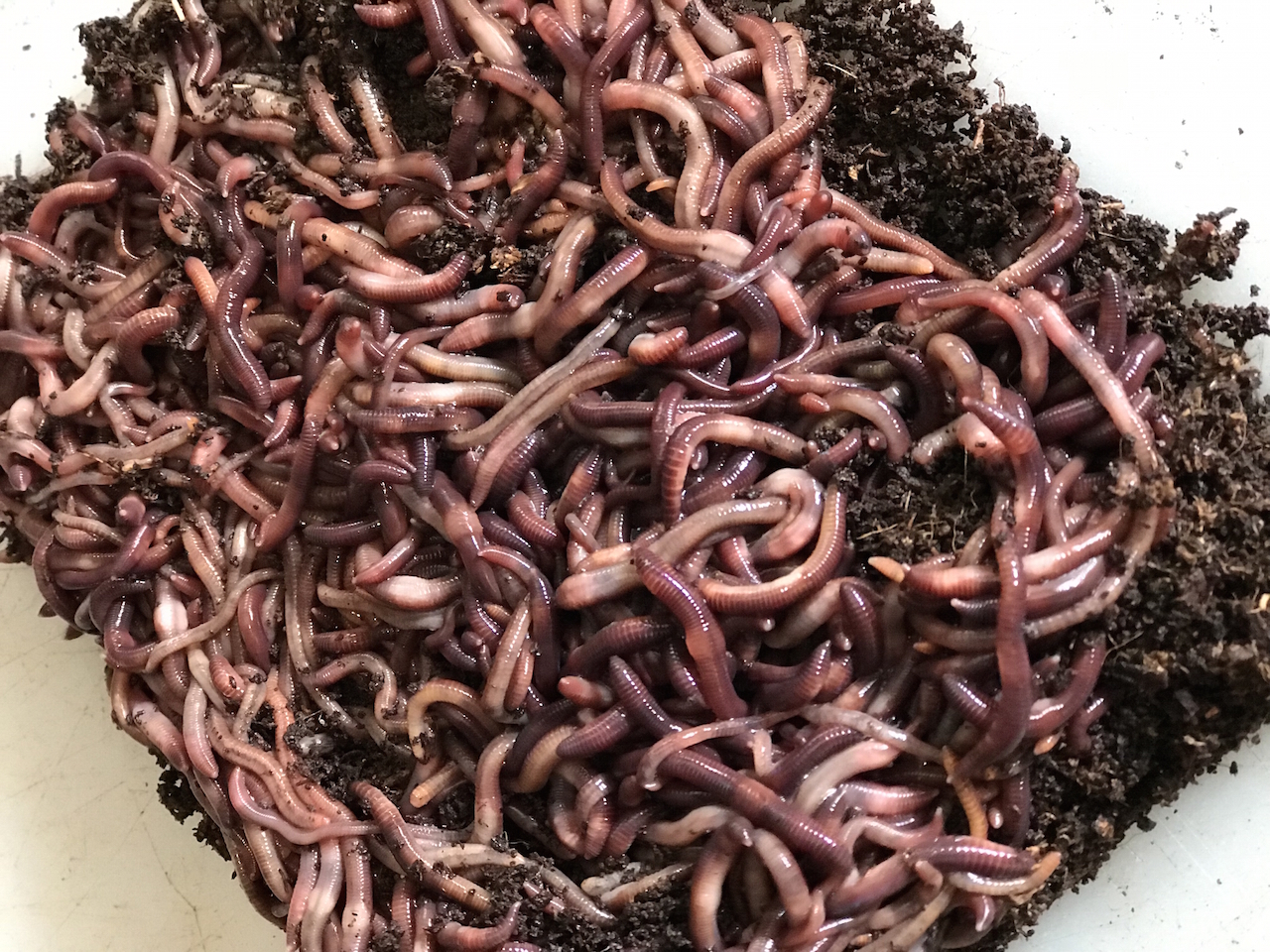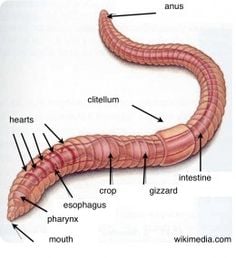Red Wiggler Worms - All-natural Option for Green Composting
Red Wiggler Worms - All-natural Option for Green Composting
Blog Article
Discovering the Interesting World of Red Wiggler Worms: Lasting Solutions for Waste Monitoring and Dirt Health
Within the detailed internet of sustainable options for waste management and dirt health and wellness, one often ignored yet profoundly helpful player arises - the red wiggler worm. These humble animals, with their voracious cravings for raw material, hold the secret to transforming waste right into nutrient-rich compost. As we peer into the fascinating globe of red wigglers, a deeper understanding of their function in the community unfolds, clarifying their possible to reinvent the means we approach garbage disposal and soil fertility.
The Duty of Red Wigglers in Waste Management
Using red wiggler worms in waste monitoring processes shows a lasting and efficient method for raw material disintegration. These voracious composting champs come from the species Eisenia fetida and are renowned for their capability to damage down food scraps, paper, and other organic products right into nutrient-rich compost. Red wigglers excel in converting kitchen area waste and yard particles right into vermicompost, a beneficial resource that can improve soil fertility and structure.
Red wigglers play a critical role in waste monitoring by consuming and absorbing natural matter, consequently reducing the volume of waste that ends up in garbage dumps. Their digestive system process not only aids to draw away waste from typical disposal methods however likewise creates high-quality compost that can be made use of in landscape design, horticulture, and farming. The spreadings left behind by red wigglers are rich in essential nutrients like potassium, nitrogen, and phosphorus, making them a all-natural and sustainable alternative to chemical fertilizers - Red Wiggler Worms.
Advantages of Vermicomposting With Red Wigglers

One key benefit is the rate at which red wigglers break down natural products. These worms have a voracious hunger and can refine large amounts of food waste swiftly, causing faster compost manufacturing compared to conventional methods. Furthermore, the vermicompost generated by red wigglers is abundant in crucial nutrients like potassium, phosphorus, and nitrogen, making it a superb natural plant food for plants.
In addition, vermicomposting with red wigglers assists draw away organic waste from land fills, reducing greenhouse gas exhausts and adding to a much more sustainable waste management system. By recycling natural matter via vermicomposting, people and areas can reduce their ecological footprint while producing a valuable resource for boosting dirt structure and fertility. In general, the benefits of vermicomposting with red wigglers make it a affordable and green solution for managing organic waste and improving soil health.
Red Wigglers: Nature's Dirt Engineers
Recognized for their impressive capability to transform the composition and quality of dirt, red wigglers play a crucial duty in boosting community dynamics through their dirt engineering prowess. These modest earthworms delve with the soil, developing passages that improve oygenation and water seepage. By doing so, they facilitate origin development and nutrient uptake by plants, ultimately contributing to raised soil fertility. Red wigglers also damage down raw material like decomposing fallen leaves and plant debris, transforming them into nutrient-rich castings that improve the soil with important minerals and advantageous microorganisms. Furthermore, their constant activity assists to blend soil layers, dispersing nutrients a lot more equally and producing a healthy and balanced atmosphere for soil organisms.

Red Wigglers and Dirt Health And Wellness
With their profound impact on dirt make-up and community dynamics, red Red Wiggler Worms wigglers are critical in supporting soil wellness through their varied dirt engineering tasks. These humble animals play an essential role in improving soil fertility and structure. Red wigglers break down natural matter, such as rotting fallen leaves and kitchen scraps, into nutrient-rich castings that boost soil top quality. Their burrowing activities develop tunnels that freshen the soil, permitting far better water infiltration and origin development. By enhancing microbial task in the soil, red wigglers help in nutrient biking, making vital nutrients a lot more available to plants. Their castings contain valuable microbes that assist subdue hazardous virus, advertising plant health. Red wigglers likewise add to soil aggregation, you could check here which boosts dirt structure and security, reducing disintegration threats. In general, the existence of red wigglers in the dirt is a clear indication of a vibrant and healthy environment, showing the essential role they play in preserving dirt wellness and sustainability.
Implementing Red Wigglers for Sustainability
The assimilation of red wiggler worms right into sustainable agricultural methods showcases their critical function in promoting ecological stewardship and source effectiveness. These laborious creatures offer a multitude of advantages when applied attentively. By introducing red wigglers right into composting systems, natural waste can be effectively converted right into nutrient-rich vermicompost, minimizing the requirement for chemical fertilizers and shutting the loop on raw material usage. Furthermore, the spreadings created by red wiggler worms are rich in beneficial microorganisms and enzymes that boost soil framework, enhance water retention, and promote plant development.
Along with throw away management, red wigglers additionally play a vital role in sustainable food production. Their capacity to rapidly refine raw material not just lowers greenhouse gas discharges from decaying waste but likewise gives a sustainable resource of healthy protein for livestock and tank farming feed. Incorporating red wiggler worms into farming systems stands for a simple yet powerful remedy for enhancing sustainability, promoting round economic situations, and protecting our valuable all-natural resources.
Final Thought
Finally, red wiggler worms play a vital function in waste monitoring via vermicomposting, profiting both the atmosphere and dirt health and wellness. Their ability to damage down raw material and enhance dirt structure makes them valuable allies in lasting techniques. By applying red wigglers into waste monitoring systems, we can decrease waste, improve soil top quality, and promote ecological sustainability for a healthier world.
Known for their exceptional ability to transform the make-up and high quality of soil, red wigglers play an important role in improving ecosystem dynamics via their soil engineering expertise. Overall, red wigglers are vital dirt engineers that play a crucial duty in maintaining dirt wellness and advertising sustainable environment operating.
With their profound effect on dirt make-up and ecosystem dynamics, red wigglers are critical in supporting soil health with their varied dirt design activities. Red wigglers additionally contribute to soil gathering, which enhances soil framework and her comment is here stability, decreasing erosion risks. In general, the presence of red wigglers in the dirt is a clear indicator of a lively and healthy and balanced community, showing the necessary role they play in keeping soil wellness and sustainability.
Report this page